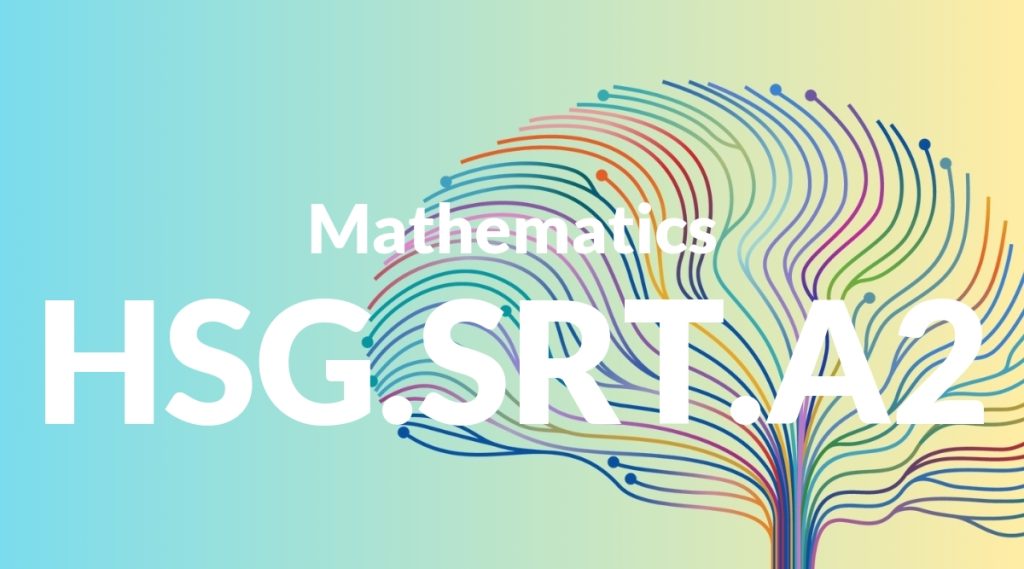Standard: HSG.SRT.A2 – Given two figures, use the definition of similarity in terms of similarity transformations to decide if they are similar; explain using similarity transformations the meaning of similarity for triangles as the equality of all corresponding pairs of angles and the proportionality of all corresponding pairs of sides.
Grade level: High School: Geometry
Subject: Mathematics
Domain: Similarity, Right Triangles, & Trigonometry
Teacher Overview
This standard focuses on understanding and applying the concept of similarity in geometric figures, particularly triangles. It is crucial because it lays the groundwork for more advanced geometric and trigonometric concepts that students will encounter later. Students need to have a solid grasp of basic geometric principles, including angles, triangles, and proportional relationships. They should also be familiar with geometric transformations.
After mastering this standard, students will be able to solve more complex geometric problems involving similarity and congruence. They will also be better prepared for advanced trigonometric concepts and proofs.
Common Misconception 1
A common misconception is that similarity only involves the equality of angles. This is incorrect because similarity also requires that the sides of the figures are proportional.
Intervention 1
To address this misconception, use visual aids and hands-on activities to show that similarity involves both angle equality and side proportionality. Reinforce this concept with multiple examples.
Common Misconception 2
Another misconception is confusing similarity with congruence. Students might think that similar figures are also congruent, which is not true.
Intervention 2
Clarify the difference between similarity and congruence using side-by-side comparisons. Provide examples where figures have equal angles but different side lengths to illustrate the distinction.
Prerequisite Knowledge
Students should understand basic geometric concepts such as angles, triangles, and proportional relationships. Familiarity with transformations like translations, rotations, and reflections is also essential.
Subsequent Knowledge
After mastering this standard, students will be able to solve more complex geometric problems involving similarity and congruence. They will also be prepared to tackle trigonometric concepts and proofs in greater depth.
Instructional Activities
- Use geometric software to manipulate figures and explore similarity transformations.
- Create hands-on activities with physical shapes to demonstrate similarity.
- Develop real-world problems that require the application of similarity concepts.
- Use visual aids and diagrams to illustrate the properties of similar triangles.
- Incorporate group work to solve similarity problems collaboratively.




